https://www.lifegate.it/animali-con-la-e
- |
In this article we will explore a variety of animals whose names begin with the letter E.We will discover fascinating creatures, each with its unique characteristics, its habitat and the curiosities that make them special.
List of animals with E
Mammals
Elephant
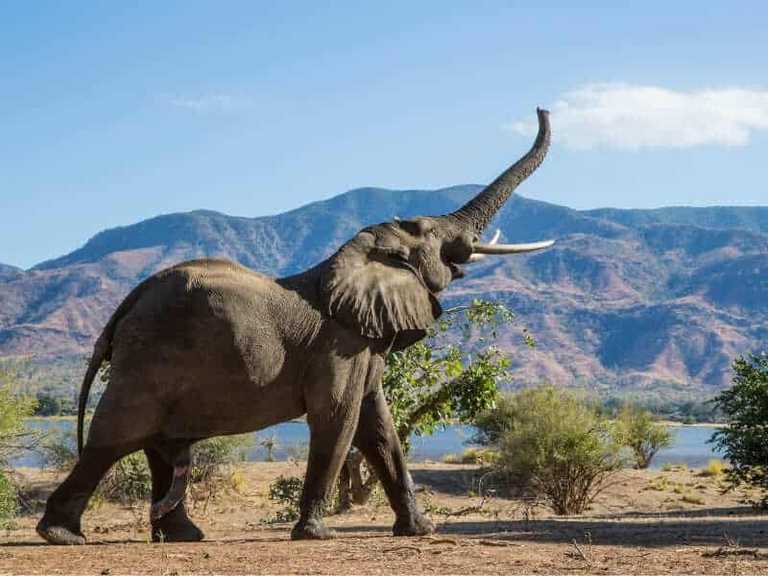
- Description: large herbivorous mammal with ivory tusks.
- Habitat: African savannahs and Asian forests.
- Curiosity: elephants can communicate via infrasonic waves that travel for miles.They are known for their exceptional memory and strong social bonds.
Elephant seal
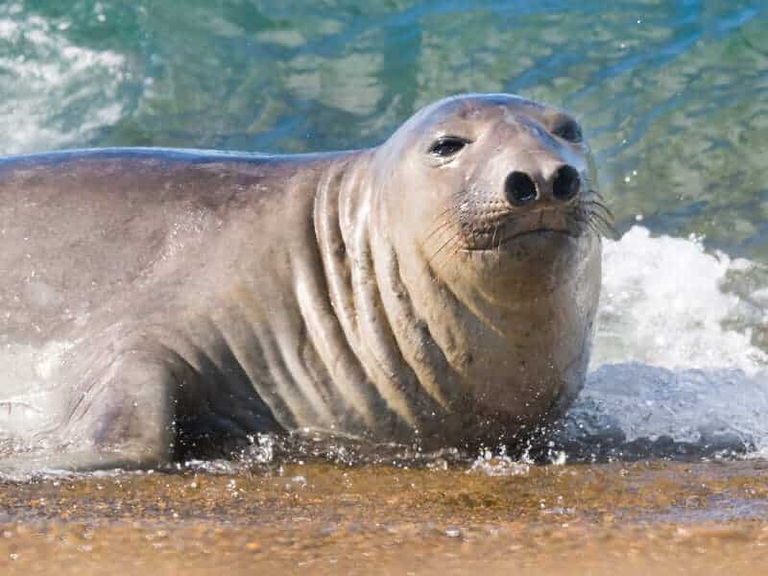
- Description: marine mammal similar to a large seal.
- Habitat: coasts of North America and in Tierra del Fuego.
- Curiosity: it has a bizarre trunk, short and stubby.
Ermine
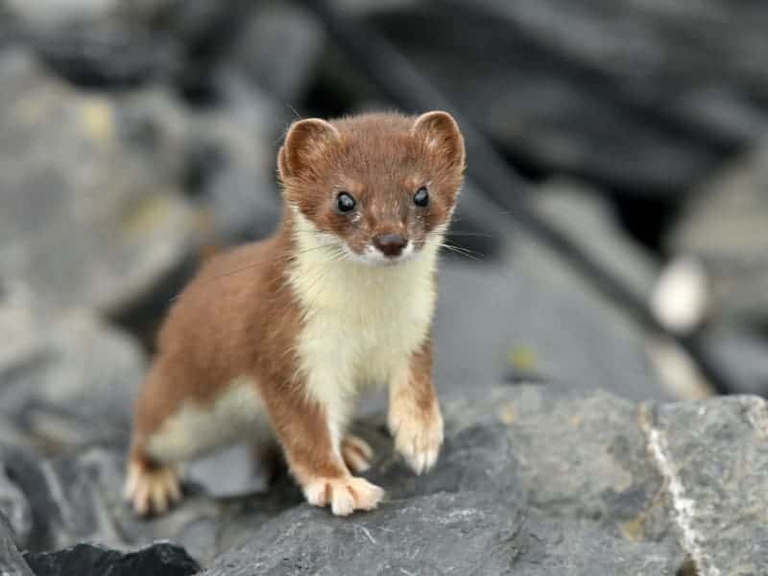
- Description: small carnivore known for its white coat in winter.
- Habitat: forests, tundra and grasslands of North America, Europe and Asia.
- Curiosity: its coat changes color seasonally to blend in with the environment.
Echidna

- Description: small spiny mammal that feeds on ants and termites.
- Habitat: Australia and New Guinea.
- Curiosity: the echidna, together with the platypus, is one of the few oviparous mammals.
Eland

- Description: large antelope with spiral horns.
- Habitat: savannas and forests of Africa.
- Curiosity: both males and females have impressive horns, used for defense and competition.
Birds
Emu
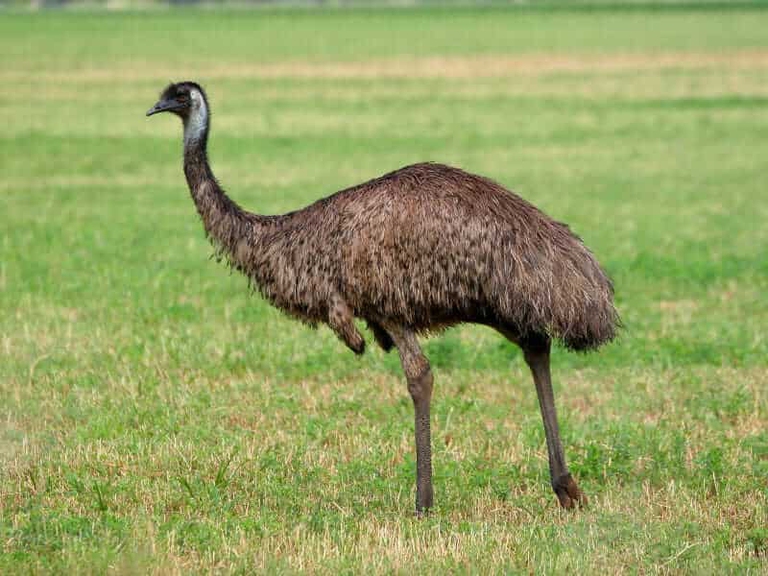
- Description: large flightless bird native to Australia.
- Habitat: Australian grassy areas, forests and savannas.
- Curiosity: the emu is the second largest bird in the world after the ostrich.
Egretta
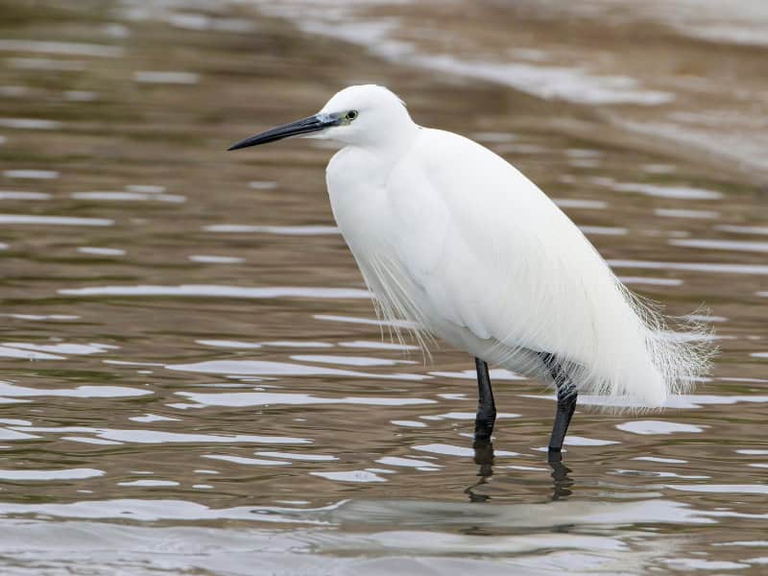
- Description: aquatic bird with white plumage and long neck.
- Habitat: swamps, lagoons and rivers around the world.
- Curiosity: egrets are known for their skilled fishing techniques and colonial nests.
Insects
Ephemeral

- Description: small winged insect whose life lasts just a day.
- Habitat: aquatic environments around the world.
- Curiosity: despite their short adult life, the larvae can live for several years underwater.
Reptiles
Elaphe (rat snake)
- Description: Non-venomous snake with long, thin body.
- Habitat: forests, grasslands and agricultural lands in North America, Europe and Asia.
- Curiosity: it is an excellent climber and often lives near human settlements, feeding on rodents.
Eloderma (Gila monster)
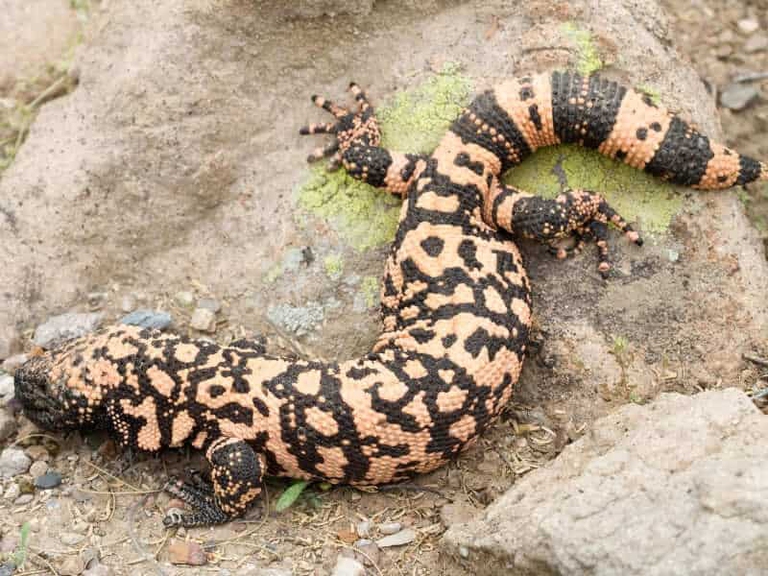
- Description: large reptile native to the desert areas of North America.
- Habitat: desert and semi-desert of the southwestern United States and Mexico.
- Curiosity: it is one of the few venomous reptiles and uses its venom mainly for defense.
Environmental impacts and conservation projects for animals with E
Climate change
The effects of the climate crisis are having a significant impact on many animals whose names begin with the letter E.The elephant, for example, is extremely vulnerable to the decline in water resources and pastures, which negatively affect its survival.Climate variations also affect emus, altering the availability of food and water and modifying migratory behaviour.
Human activities
Deforestation and agricultural expansion reduce the natural habitats of many species, including elephants and stoats.Water pollution can harm populations of anchovies and other fish, altering habitats and introducing toxins that reduce water quality and negatively affect the health and survival of these species.
Conservation projects
- Nature reserves: the creation of nature reserves is essential to protect the habitats of elephants and other animals.For example, WWF's Wildlife Adaptation Innovation Fund funds projects to reduce wildlife's vulnerability to climate change.
- Playback programs: Initiatives for captive breeding of threatened species, such as the ermine, are essential to preserve these populations.
Public involvement
- Education: Educational programs are crucial to raise public awareness of threats to animals and how to protect biodiversity.Initiatives like the WWF Climate Crowd collect data from rural communities on how people and wildlife are affected by climate change and develop adaptive solutions that benefit both humans and nature.
- Participation: Community initiatives for species monitoring and habitat conservation encourage concrete actions to protect biodiversity.
Surprising facts
- Elephant: Elephants use their trunks to drink, communicate and lift heavy objects.
- Emu: Male emus incubate the eggs and care for the young once they are born.
Conclusion
The animals with the letter E they show us the extraordinary diversity of nature and the importance of preserving it.Protecting these species is essential not only for their intrinsic value, but also to maintain the balance of our ecosystems.Each of us can make a difference through small daily gestures and by supporting conservation initiatives.
